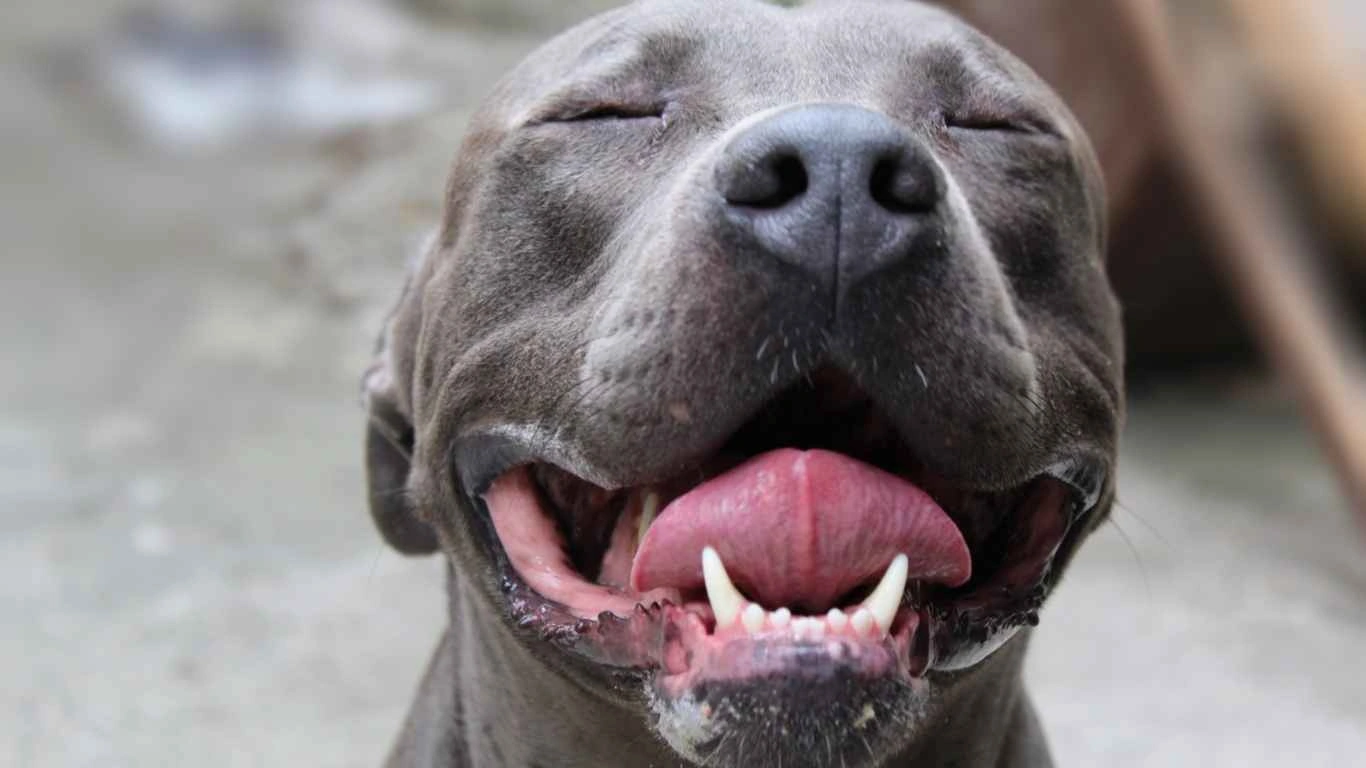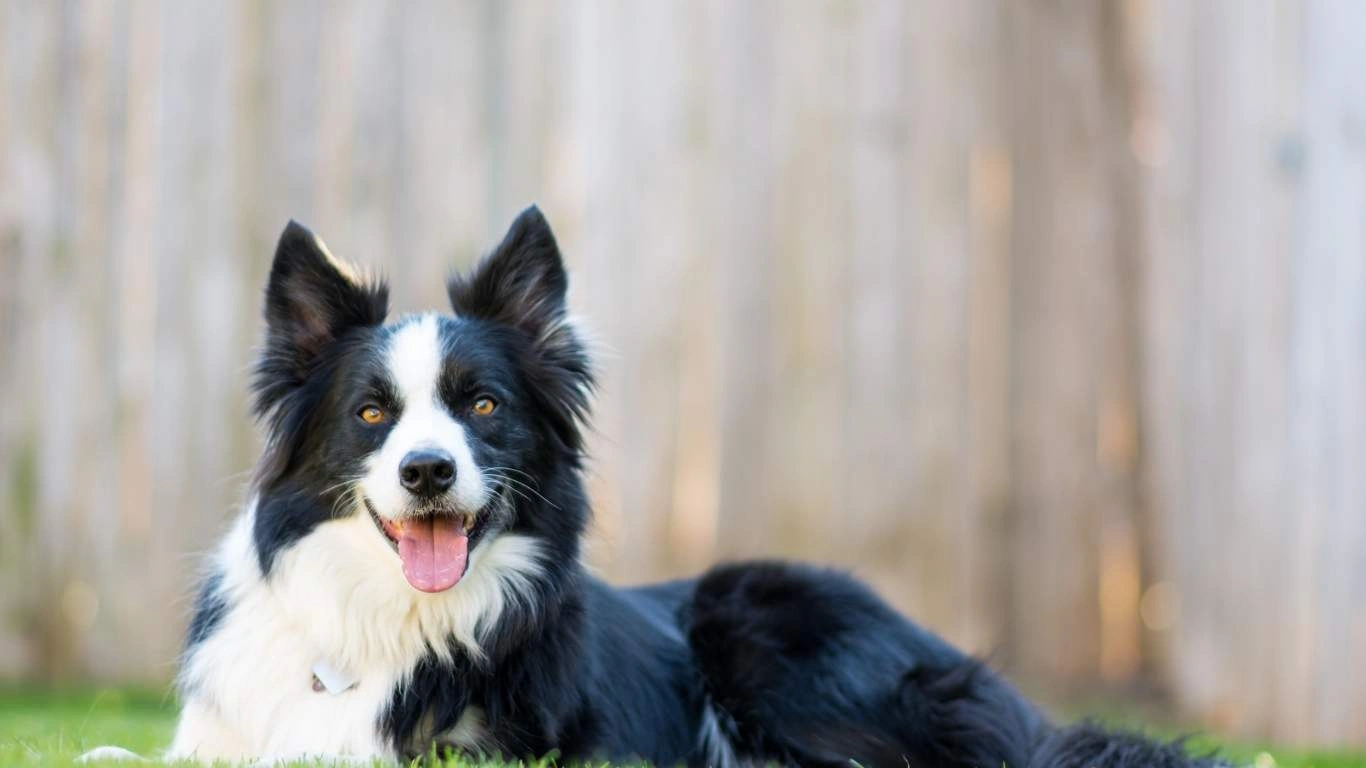How to Make Homemade Salmon-Based Dog Food Your Pup Will Love
If you’ve ever stood in the pet food aisle squinting at ingredient labels and wondering, “What *is* half of this stuff?” — you’re not alone. As someone who’s worked hands-on in both pet clinics and shelters, I’ve seen firsthand how much diet affects our furry friends’ health. That’s what inspired me to dive into how to make homemade salmon-based dog food. Trust me, it’s not just doable — it’s actually pretty fun, affordable, and incredibly rewarding. Whether you’re dealing with food sensitivities, looking to improve your dog’s coat health, or just want more control over their nutrition, salmon is a rockstar ingredient that can make a world of difference.
Why Salmon? The Benefits I’ve Seen Firsthand

Let me tell you something — in the shelter world, we’d get a lot of pups with skin issues, allergies, or those just recovering from neglect. One of the best changes we could make for those dogs? Switching up their diet. When we started incorporating salmon-based meals into the rotation for dogs who needed a little extra TLC, the difference was night and day.
- Shinier Coats: The omega-3s in salmon work wonders for dull, brittle fur.
- Less Itching: Dogs with allergies or dry skin often saw noticeable relief.
- Improved Digestion: Salmon is easier on the stomach for many sensitive pups.
- Happy Taste Buds: Honestly, I’ve never met a dog that turned their nose up at salmon!
Now, I’m not saying it’s a miracle fix — but when we started giving dogs more whole, clean ingredients like fish, sweet potatoes, and spinach, their energy levels improved, and vet visits dropped. That says a lot.
Is Homemade Dog Food Really Better?

Short answer: often, yes. But with some caveats. Commercial dog foods can be convenient, but they’re also heavily processed and sometimes loaded with fillers. As someone who’s been behind the scenes — weighing malnourished dogs, talking with worried pet parents, and watching the slow transformation of a well-fed pup — I believe in getting back to basics.
But here’s the thing: homemade doesn’t automatically mean healthy. You’ve gotta be intentional with ingredients and mindful of nutritional balance. That’s why I always recommend starting with a vet consult, especially if your dog has specific health needs. But once you’re cleared to go DIY, salmon is an excellent protein to center your recipe around.
What Makes Salmon a Standout Ingredient?
Here’s why I often recommend salmon when folks ask me what protein to use for their dog food at home:
- Anti-inflammatory Properties: Omega-3 fatty acids help reduce joint pain and inflammation, which is a big win for senior dogs.
- Brain Boost: DHA in salmon supports cognitive function — yep, it’s brain food for dogs too!
- Lean Protein: Great for building lean muscle without packing on excess fat.
- Rich in Essential Nutrients: It’s loaded with vitamins B12, D, and selenium — all essential for your pup’s immune system.
Back when I was helping a rescue pup named Luna recover from a rough start in life, we put her on a salmon-heavy homemade diet for a few weeks. Her coat came back thicker, she stopped chewing her paws, and honestly? She just looked happier. That kind of transformation sticks with you.
Common Mistakes to Avoid When Making Homemade Salmon Dog Food

Alright, before we dive into ingredients and prep tips in the next section, let’s talk mistakes. I’ve seen a few pet parents try to wing it and end up with unbalanced meals. Here’s what to watch out for:
- Skipping the Bones: Always remove fish bones — even tiny ones can be a choking hazard or cause internal injuries.
- Overdoing It with Seasonings: Garlic, onions, and too much salt are toxic to dogs. Keep it simple.
- Not Including Variety: Dogs need more than protein. You’ll want to include carbs, fiber, and healthy fats too.
- Guessing on Proportions: Balance is key. Too much of even a good thing (like protein) can strain kidneys or lead to weight issues.
Pro tip from my clinic days: Invest in a food scale. It might sound extra, but measuring ingredients can help you keep your dog’s meals properly portioned and nutritionally sound. If you’re anything like me, you already use it more for your pets than yourself!
Setting Yourself (and Your Pup) Up for Success
Before you grab the salmon and fire up the stove, here’s what I recommend to make this journey smooth and sustainable:
- Meal Prep Like a Pro: Just like you might prep your own meals for the week, do the same for your dog. It saves time and ensures consistency.
- Keep it Fresh: Freeze portions in airtight containers and thaw as needed to keep everything safe and tasty.
- Use a Base Recipe: Start with a solid, balanced base (which we’ll dive into next) and tweak it based on your dog’s needs or allergies.
- Track Progress: Note changes in weight, coat condition, energy, and bathroom habits — it helps identify if anything needs adjusting.
Making dog food from scratch may sound intimidating at first, but with a bit of know-how (and trust me, I’ve learned a lot from trial and error), it becomes second nature. And the way your dog looks at you after a home-cooked meal? Totally worth it.
Let’s Get Cooking: A Base Recipe for Homemade Salmon-Based Dog Food

Alright, now we’re getting to the fun part — actually making your pup’s food! Over the years, I’ve tweaked and tested tons of homemade dog food combos, and this salmon-based one is a favorite among the dogs I’ve cared for. It’s nutritious, simple, and flexible depending on what ingredients you have on hand.
My Go-To Salmon Dog Food Recipe
- 2 cups of cooked salmon (boneless, skin removed) – Fresh, frozen, or canned in water (no salt added).
- 1 cup of cooked quinoa or brown rice – Great grain options that are gentle on tummies.
- 1/2 cup of steamed spinach or kale – Rich in fiber and essential vitamins.
- 1/2 cup of grated carrots – Natural sweetness and packed with beta-carotene.
- 1 tbsp olive oil or salmon oil – A little extra boost of healthy fats for skin and coat.
- Calcium supplement or ground eggshells (1/2 tsp) – Dogs need calcium, especially if you’re not using bones.
Simple Steps
- Cook your salmon until flaky and fully done — I usually bake it at 375°F for about 15-20 minutes.
- Prepare the grains and veggies separately — steam the greens, boil or cook the rice/quinoa, and let everything cool.
- Combine all the ingredients in a big bowl, add the oil and calcium source, and mix thoroughly.
- Portion into storage containers — I typically measure based on the dog’s weight and activity level. You’ll want to get a rough calorie count from your vet if unsure.
This base recipe is super adaptable. If your dog can’t do grains, switch to sweet potatoes or lentils. Allergic to spinach? Try zucchini or green beans. The idea is to mix protein, carbs, veggies, and fats in a balanced way. And always check with your vet if you’re adding supplements.
Raw or Cooked: What’s Better for Salmon Dog Food?

Oh, this one gets debated *a lot*. I’ve had pet parents in the clinic ask if raw is more “natural” or healthier. My take? It depends — but personally, I lean toward cooked, especially with fish. Raw salmon can carry parasites like Neorickettsia helminthoeca, which causes salmon poisoning disease (yep, it’s a real thing — and it can be deadly). Unless you’re working with a vet and sourcing human-grade, parasite-free fish, I say go cooked. Better safe than sorry.
That said, I’ve known a few raw feeders who swear by it, and with the right precautions and supplements, it can be done well. But if you’re just starting out? Stick to cooked. It’s safer, easier, and honestly? Most dogs still go wild for it.
How to Store and Serve Homemade Salmon-Based Dog Food

One of the first questions I got from new pet parents after handing them their dog’s first batch of homemade food was, “How do I keep this fresh?” Great question — because yes, this isn’t shelf-stable like the dry kibble you’re used to. But with a few habits, it’s easy to manage.
Storage Tips from My Routine
- Fridge: Store 3–4 days’ worth in airtight containers. I like using BPA-free glass or stackable silicone tubs.
- Freezer: The rest goes straight into the freezer. Portion by day or by meal to make thawing easy.
- Label and Date: Always. You think you’ll remember which batch was which — you won’t. Been there, tossed that.
Serving Tips
- Thaw overnight in the fridge or use a warm water bath — never microwave, it can cook unevenly or get too hot.
- Serve at room temperature or slightly warm — not piping hot. Dogs prefer it closer to body temp, and it brings out the aroma too.
- Monitor your dog’s reaction for the first couple meals — any vomiting, gas, or unusual behavior? Adjust accordingly and check in with your vet.
From my experience, most dogs transition really well to homemade food — especially when it’s packed with flavor and nutrients like this. And yes, your dog might literally start dancing at mealtime. Mine does this happy spin move every time she sees me grab her “special” container from the fridge.
Balancing the Nutrition: A Few Key Additions
One of the most important lessons I’ve learned over the years — and trust me, I’ve had long chats with vets about this — is that homemade food needs to be balanced. Not just tasty. Not just fresh. Balanced. That’s what makes the difference between a glowing, healthy pup and one with slow-developing deficiencies.
Things I Add to Cover Nutritional Bases
- Fish Oil Capsules: Even with salmon, I sometimes add a little extra EPA/DHA for anti-inflammatory benefits.
- Dog-specific Multivitamins: Especially important if you’re skipping organ meats (which some people do).
- Probiotics: Especially useful if your pup has digestion issues or is coming off kibble. Plain kefir or a vet-recommended powder does the trick.
- Ground Eggshell Powder: A natural calcium source if you’re not feeding bones.
I also rotate in things like pumpkin, chia seeds, or even a spoonful of plain Greek yogurt depending on the day. Once you’ve got your core recipe dialed in, you can mix it up a little without straying too far from what works.
Still with me? I know this might seem like a lot, but once you do it a few times, it becomes second nature. The key is to listen to your dog. Their body will tell you everything you need to know if you just pay attention — energy levels, poop consistency (yep, we’re going there next), and that sparkly look in their eyes when they feel good.
What’s Your Dog’s Poop Telling You?

Okay, I know it’s not the most glamorous part of pet parenting, but trust me — your dog’s poop is one of the best indicators of how well their homemade salmon-based dog food is working. Back when I was working in shelters, we always watched for stool changes when we introduced new foods. And now with my own dogs, it’s just part of the routine check-in.
What Healthy Poop Looks Like
- Color: Medium brown is ideal. Too light or too dark might point to digestion or liver issues.
- Texture: Firm but not hard. Think Play-Doh consistency (yep, we’re getting real here).
- Frequency: Once or twice a day is normal. Sudden increases or decreases are worth noting.
- No mucus, blood, or excessive stink: Those are red flags to bring up with your vet.
If you’re noticing diarrhea, loose stools, or constipation after switching to homemade food, it could mean you need to tweak the fiber content or recheck ingredient proportions. A little pumpkin puree (plain, not pie filling) can work wonders, by the way — that’s been a lifesaver in the clinic more than once.
Allergy-Friendly Variations of Homemade Salmon Dog Food

Not every pup can tolerate all ingredients, and believe me, I’ve worked with plenty of dogs who had long allergy lists. The good news is salmon is already a great option for many dogs with food sensitivities — it’s less likely to trigger reactions compared to chicken or beef.
Swaps I’ve Used for Sensitive Dogs
- Skip grains? Use mashed sweet potatoes, peas, or butternut squash for your carbs.
- Allergic to spinach or kale? Try chopped zucchini, parsley, or broccoli florets.
- Can’t do dairy-based supplements? Use plant-based calcium or ground eggshells instead of yogurt or kefir.
- Need a low-fat version? Stick to lean salmon cuts, skip added oils, and use lighter veggies like green beans or carrots.
Every dog is different. If you’re noticing itching, ear infections, red paws, or constant licking, food might be the culprit. Keep a food journal — it’s something I did for years in the clinic, and it made identifying triggers way easier.
Keeping Mealtime Interesting: Rotation & Enrichment Ideas
Dogs can get bored with food too — and switching things up every so often can help maintain balanced nutrition and keep them mentally stimulated. I always encourage rotation once you’ve got a solid base recipe that works for your dog.
Ways to Keep It Fresh
- Rotate the protein: If salmon is your base, try alternating with sardines, turkey, or duck — just make sure each protein is fully cooked and boneless.
- Add healthy toppers: Chia seeds, fresh blueberries, a bit of turmeric — small additions can boost flavor and nutrients.
- Use enrichment feeders: Stuff homemade food into a puzzle bowl or Kong for mental stimulation during mealtime.
- Freeze treats: Make salmon “pupsicles” with blended ingredients and a silicone mold. These were a huge hit in the summer at the shelter!
If your dog starts acting picky, try warming the food slightly to bring out the aroma. Or mix in a spoonful of bone broth (low sodium, no onions!) to make it extra tasty.
FAQs: Quick Answers from My Experience
Can I feed this every day?
Yes, but make sure it’s balanced. That means protein, carbs, fiber, fats, and vitamins. Rotate ingredients and supplement where needed — and check in with your vet every few months.
How much should I feed?
Depends on size, age, and activity level. A general rule? Around 2-3% of your dog’s body weight daily in food. A 50-lb dog might eat 1 to 1.5 lbs of food split between meals. Your vet can help fine-tune this.
What if I can’t cook every week?
Batch cook and freeze! I do this once a month, label containers, and defrost the night before. Super easy once it becomes a habit.
Is homemade food safe for puppies?
Yes, but they have unique nutritional needs. Work with a vet or veterinary nutritionist if you’re feeding a homemade diet to a growing pup.
References
Disclaimer
The information provided in this article is based on my experience as an animal care specialist and years of working in shelters and clinics. It is intended for educational and informational purposes only and is not a substitute for professional veterinary advice. Always consult your veterinarian before making changes to your dog’s diet, especially if they have existing health conditions or special needs.





